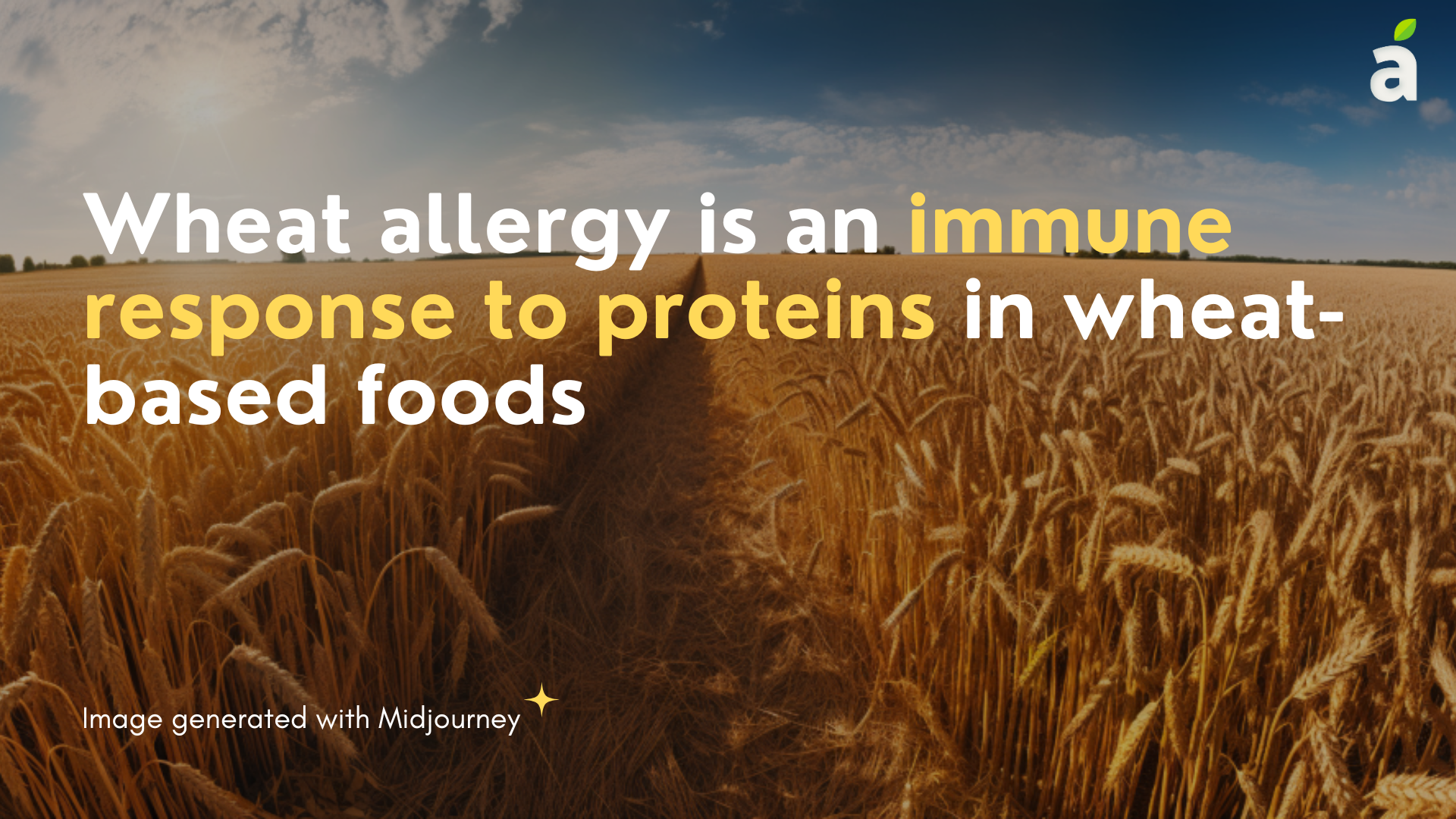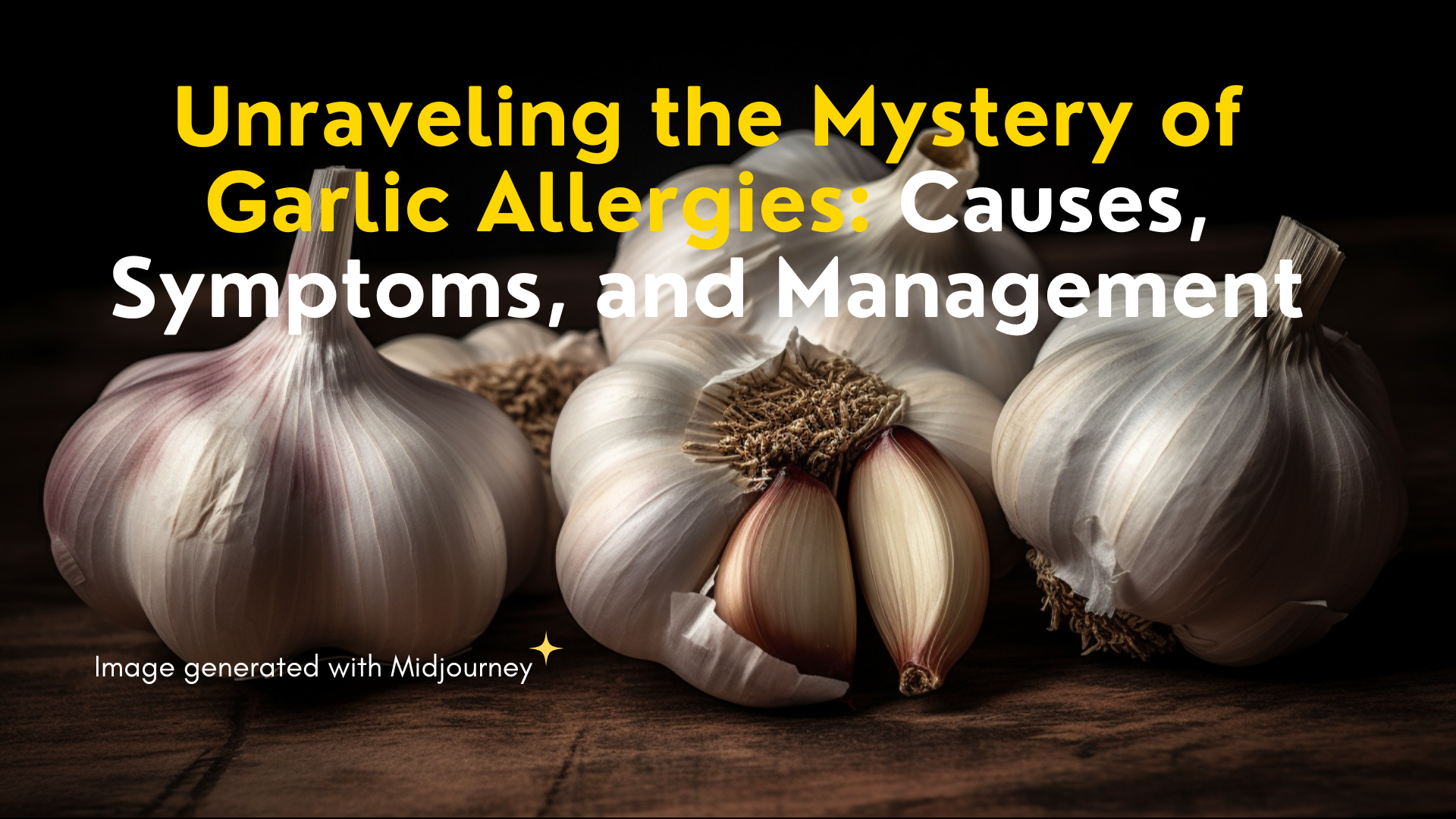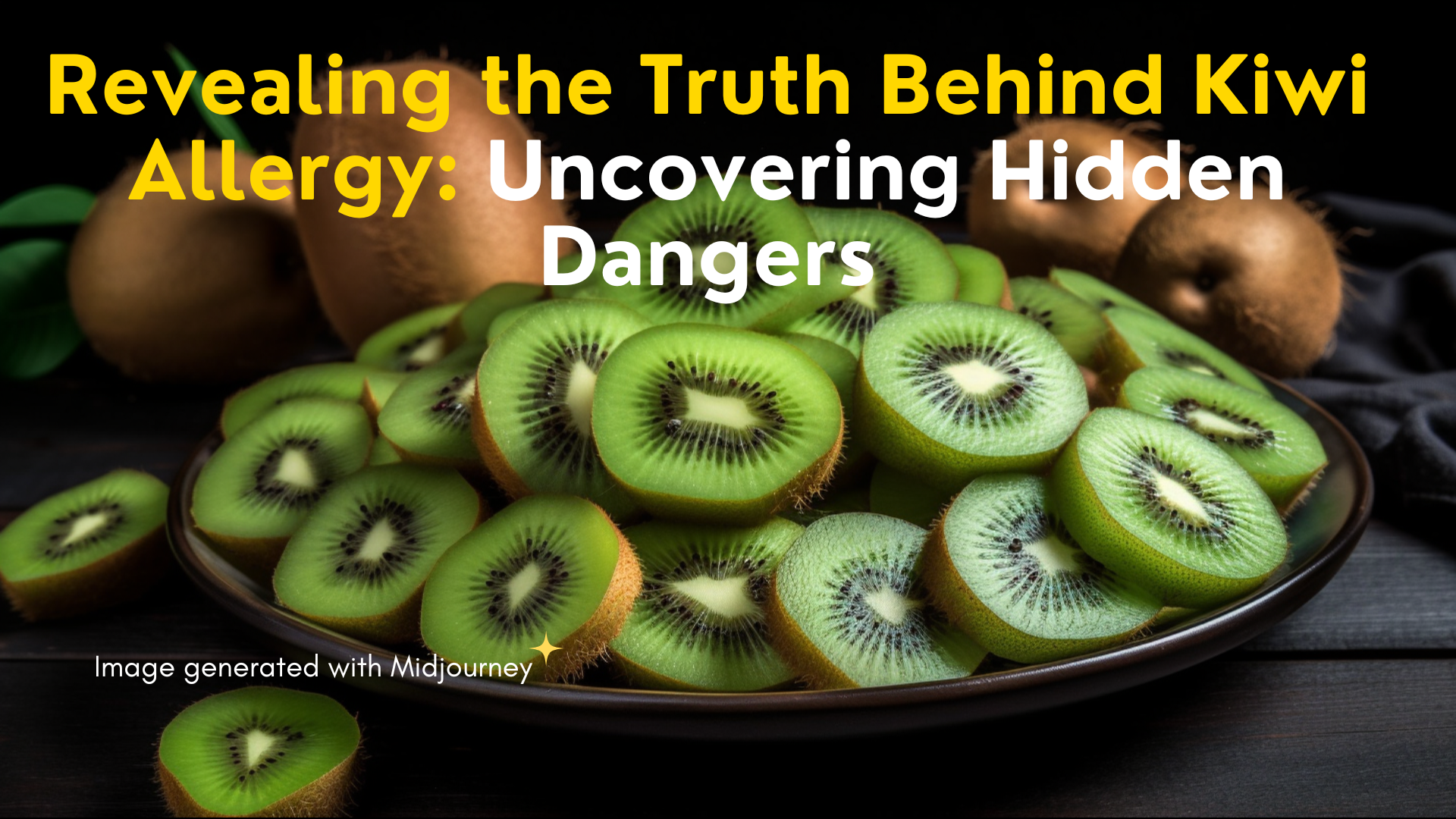Published Date January 24, 2003
Gluten Allergy and their Hidden Sources
By Naurin Ansari
3 min read
Last update date: January 24, 2003

Gluten allergy, also known as gluten intolerance or celiac disease, is a common condition affecting quite a lot of individuals worldwide. In this blog, we will delve into the various aspects of gluten allergy, including what it is, treatment options, hidden sources of gluten, and common foods that are high in gluten.
By increasing awareness and understanding, we hope to provide valuable information to those with gluten allergies and help others support their dietary needs.
What is Gluten Allergy?
Gluten sensitivity, also called gluten intolerance or non-celiac gluten sensitivity, is a condition characterised by an adverse reaction to gluten. Common symptoms include bloating, gas, and fatigue. Unlike celiac disease or gluten allergy, non-celiac gluten sensitivity is distinct and does not involve the same autoimmune response.
Gluten is a protein present in various foods, primarily wheat and its derivatives. It's important to note that gluten intolerance is not synonymous with celiac disease, an autoimmune disorder triggered by gluten consumption. When individuals with celiac disease ingest gluten, their immune system responds by damaging the small intestine lining, leading to a range of symptoms such as abdominal pain, bloating, diarrhoea, fatigue, and nutritional deficiencies.
While gluten intolerance and celiac disease share similarities in terms of symptoms and dietary restrictions, it's crucial to differentiate between the two conditions.[1][2]
How is Gluten Intolerance Treated?
Upon receiving a diagnosis of gluten sensitivity from a healthcare professional, the most effective approach to alleviate symptoms is to follow a gluten-free diet. Although this can be challenging, as gluten is present in a wide array of foods, it is crucial for managing the condition. While it is evident that wheat, barley, and rye contain gluten, many individuals may not be aware that gluten hides in numerous other food items.
The primary treatment for gluten intolerance is strict adherence to a gluten-free diet, which involves eliminating all sources of gluten from one's meals. This includes avoiding wheat, barley, rye, and their derivatives. It is essential to meticulously read food labels, as gluten often lurks in unexpected places such as sauces, condiments, and processed foods.
Seeking guidance from a registered dietitian with expertise in gluten intolerance can be highly advantageous, as they can assist in crafting a well-balanced and nourishing gluten-free meal plan.[3]
Foods with hidden gluten
Certain food items can contain hidden sources of gluten, making it essential to be vigilant when selecting products. Here are examples of common foods that may unexpectedly contain gluten:
- Pickles: Some pickles are produced using malt vinegar, which is derived from barley, a gluten-containing grain. It's crucial to check the ingredients or opt for gluten-free varieties.
- Powdered Drinks: Instant coffee and powdered milk can sometimes include hidden gluten. Carefully read the labels of these drink mixes to ensure they are gluten-free.
- Salad Dressings: Many bottled salad dressings utilize gluten as a thickening agent. The same caution applies to other bottled sauces, such as barbecue sauce, mustard, and chilli sauce. When dining out, don't hesitate to inquire about gluten content in dressings and sauces.
- Soy Sauce: While soy sauce itself doesn't inherently contain gluten unless explicitly labelled as gluten-free, it often does. Therefore, it is crucial to select gluten-free soy sauce options.
- Other sources: Other potential hidden sources of gluten include sauces and condiments, processed meats, soups and broths, as well as certain medications and supplements. Gluten can be present as a thickener, filler, or binding agent in these products.
Always check labels and consult with healthcare professionals or pharmacists to ensure that medications and supplements are free from gluten. By being alert about hidden gluten sources, individuals with gluten sensitivity can effectively manage their condition and maintain a gluten-free lifestyle. [4]
Common Foods High in Gluten
Foods that are known to be high in gluten include:
- Baked Goods: Cake, cookies, doughnuts, muffins, pies, pancakes, and waffles all typically contain gluten due to the use of wheat flour in their preparation.
- Pasta: Various types of wheat-based pasta, such as spaghetti, fettuccine, macaroni, lasagne, and ravioli, are high in gluten.
- Cereal: While not all cereals contain wheat, it's important to check the ingredient labels carefully, as many cereals do include gluten. Additionally, oats can be cross-contaminated with gluten during processing unless specifically labelled as gluten-free.
- Soups: Canned and boxed soups often use wheat flour as a thickening agent, making it necessary to read the nutrition labels to identify gluten-free options.
- Bread: This category encompasses rolls, buns, bagels, biscuits, and flour tortillas unless they are specifically labelled as "gluten-free."
In addition to these foods, it's important to be cautious with barley and its derivatives, as they contain gluten. This includes products such as malt vinegar, beer, and malted milk. Rye-based items, such as rye bread, rye crackers, and cereals made from rye, should also be avoided by individuals with gluten intolerance.
When it comes to oats, they do not inherently contain gluten, but they are susceptible to cross-contamination during processing. To ensure gluten-free oats, look for certified gluten-free options. [5]
Takeaway
Gluten allergy is a significant health concern that requires careful attention to dietary choices. To effectively manage a gluten allergy, you need to understand the intensity of the allergy. Including, recognizing the symptoms like digestive issues, fatigue, skin rashes, and weight loss. Adopting a gluten-free lifestyle is essential to lead a healthy life with gluten allergy. Being aware of the hidden sources of gluten and mindful of cross-contamination during food preparation or processing is crucial.
References
- https://my.clevelandclinic.org/health/diseases/21622-gluten-intolerance
- https://intermountainhealthcare.org/services/gastroenterology/conditions/gluten-intolerance/
- https://www.goodrx.com/well-being/diet-nutrition/gluten-intolerance-causes-diagnosis-treatment
- https://www.pastemagazine.com/food/10-foods-you-didnt-know-contain-gluten/#french-fries
- https://www.webmd.com/diet/foods-high-in-gluten
Keep reading

Wheat Allergy and Debunking the Wheat-Gluten Myth
By Naurin Ansari

Garlic Allergy: Signs and Symptoms
By Team Ariso

Gluten and your health
All about calcium, iron and gluten.
By Arpita Sudev

Unmasking Kiwi Allergy and the hidden dangers
By Team Ariso
Choose Healthy With Us.
Know the real truth about your food. Stay informed and healthy, for free.

Download the App Now
Certified nutritionists trust our food recommendations. Safe to say, so can you :)











